But, you don't look Autistic
Rhiana Heppenstall
Tech Conf '23

If you've met one person with autism, you've met one person with autism.
– Dr Stephen Shore

In the media
Possibly harmful sterotypes






Myth 1
Autistic people lack creativity/humour
Actually Autisic

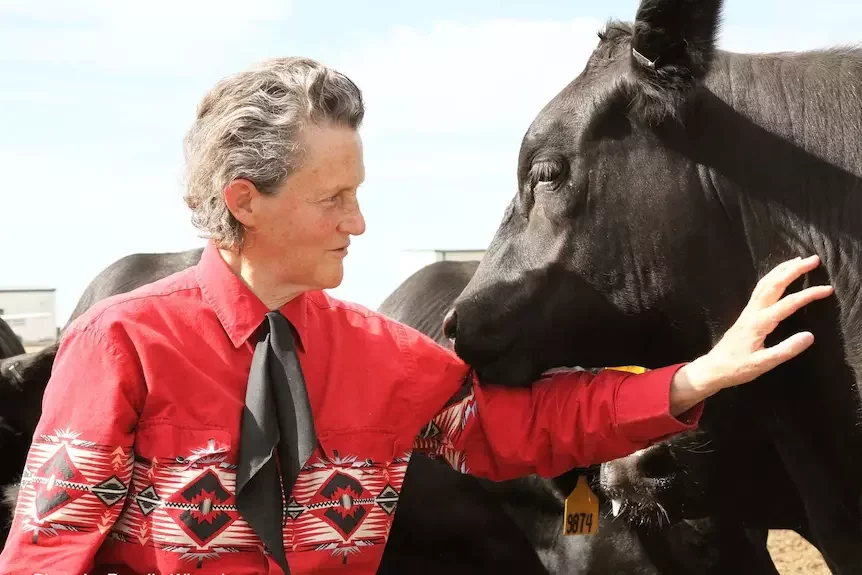
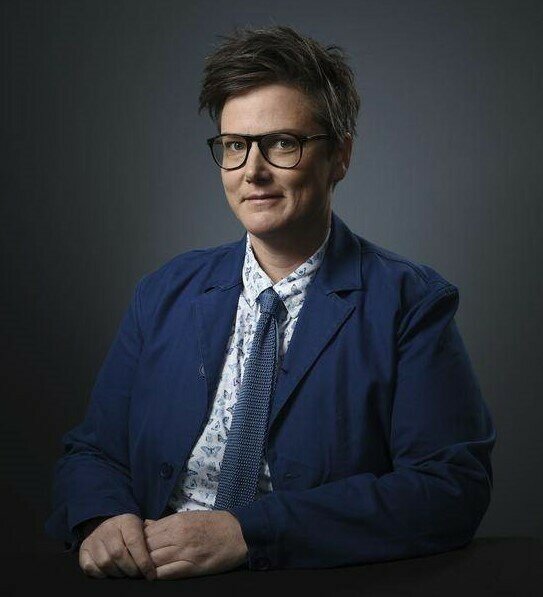
Actually Autisitc



Singer
Susan
Boyle






History of Autism
Looking back at the last 80 years
'43
First described as a high intelligence with emotional disturbance
'80
DSM-III
Changed to a pervasive developmental disorder (PDD)
'13
DSM-V
ASD is combined with 3 levels of severity
'68
DSM-II
Added as a form of childhood schizophrenia
'94
DSM-IV
Split between Asperger's and Autistic Spectrum Disorder (ASD)
Autism Levels
Social and communication challenges.
Can be independant but may take longer than peers.
1
Some Support
May speak in small sentences.
Narrow interest and repetative motions.
2
Substantial Support
Limited verbal and non-verbal communication.
Requires life time support.
3
Very Substantial Support






Myth 2
Autistic people can't feel empathy
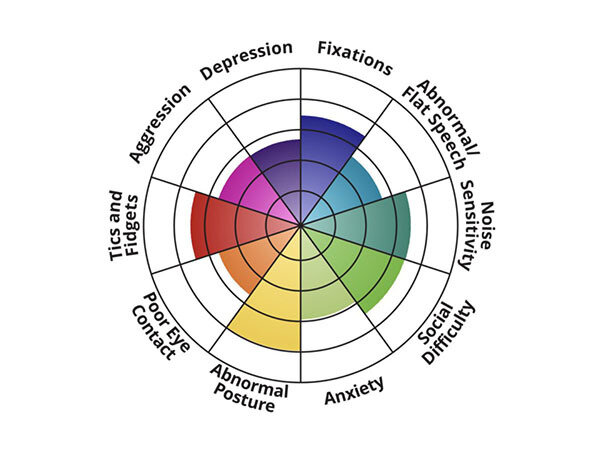
Symptoms


What would your cat do?
- High attention to detail
- Very precise communication
- Strong sense of loyalty and justice
- Honesty
Strengths
Weaknesses
- Difficulties seeing
"The Big Picture" - Difficulties "reading between the lines"
- Hard time "putting themselves in someone elses shoes"
- Sense of identity
- Family medical history
- Specialised therapy access
- For ASD or co-diagnosis
Why get diagnosed?

What Causes Autism?
Theories




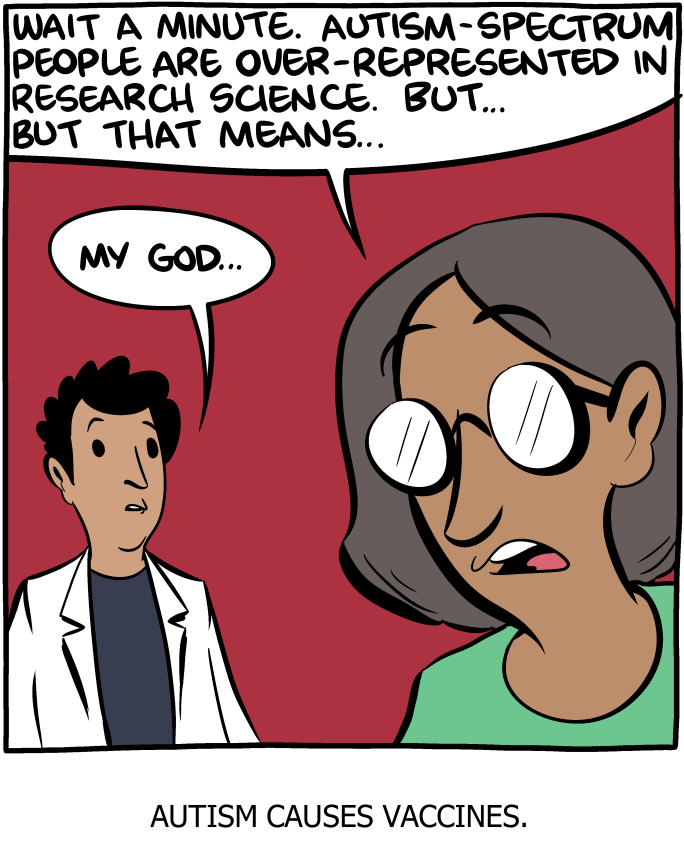
Myth 3
All autistic people are savants
Statistics Time!
| Co-diagnosis | % |
|---|---|
| Savant syndrome | 1-10% |
| Obsessive Compulsive Disorder (OCD) | 17% |
| Epilepsy | 20% |
| Attention Deficit and Hyperactivity Disorder (ADD || ADHD) |
30-50% |
| Intellectual Disability | 56% |
| Gastrointestinal symptoms | 80% |
| Depression | 80% |
Myth 4
Autism is a "boys" disorder
Excluding girls and women from this kind of research study can lead to treatments that don’t work as well for them, and it contributes to the perception that autism doesn’t affect women as much as men
– Anne Trafton
- Diagnosed at a higher rate 4:1
- 1-2 special interest topics
- Later speech devepment
Men
Women
- Under, incorrectly and diagnosed later
- Various special interest topics
- Average to advanced language skills
- Avid readers
- More likely to mimic to try and fit in






How to Help?
Ourselves and others
Treatments
| Type | Efficacy |
|---|---|
| Medication | No specific medication avaliable |
| "Growing out of it" | Lifetime condition |
| Therapies | Occupational, speech & other therapies can help |
| Early intervention | Early detection + therapy = Best outcomes |
The unemployment rate in Australia for autistic people is 34.1%...
This is almost eight times the rate of people without disability (4.6%).
Organisations

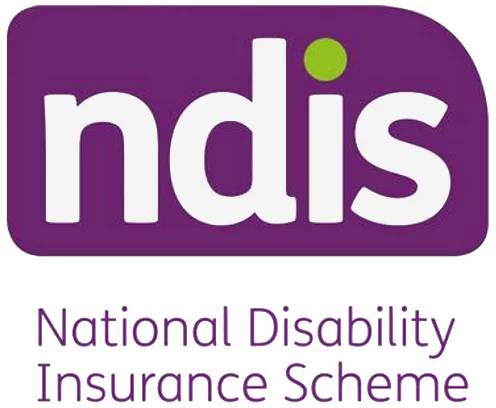
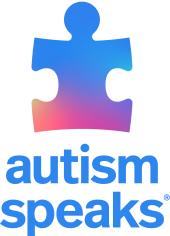
Autism Speaks
Government funding providers
NDIS
LIES!!!!
Myth 5
Autistic people are anti-social
- Inclusive hiring and interview procedures
- Offer flexible working conditions
- WFH + Office combinations
- Document specific duties and
on-boarding procedure
Workplace Considerations
Before Hiring
Inclusive Interviews
Carefully seperate the "must have" from the "nice to have"
Be explicit in describing attributes.
1
Ad Criteria
Internal training on diveristy and unconscious bias.
Promote diversity in your orginisation.
2
Train the team
Have a mix of assessments, informal chats and activities.
Provide interview details ahead of time.
3
Rethink the process
- Predictable routines and schedules
- Career mentoring
- Clear communication
- Written where possible
- Optional social obligations
Workplace Considerations
After Hiring
Mentoring
Having a frequent, regularly scheduled meeting.
Allowing response time.
1
Time
Sensory friendly meeting space.
Quiet with gentle lighting.
2
Space
Building a rapport.
Listening and coming up with individual solutions.
3
Support

Autistic Burnout
Caused by trying to fit in without support and accomodations



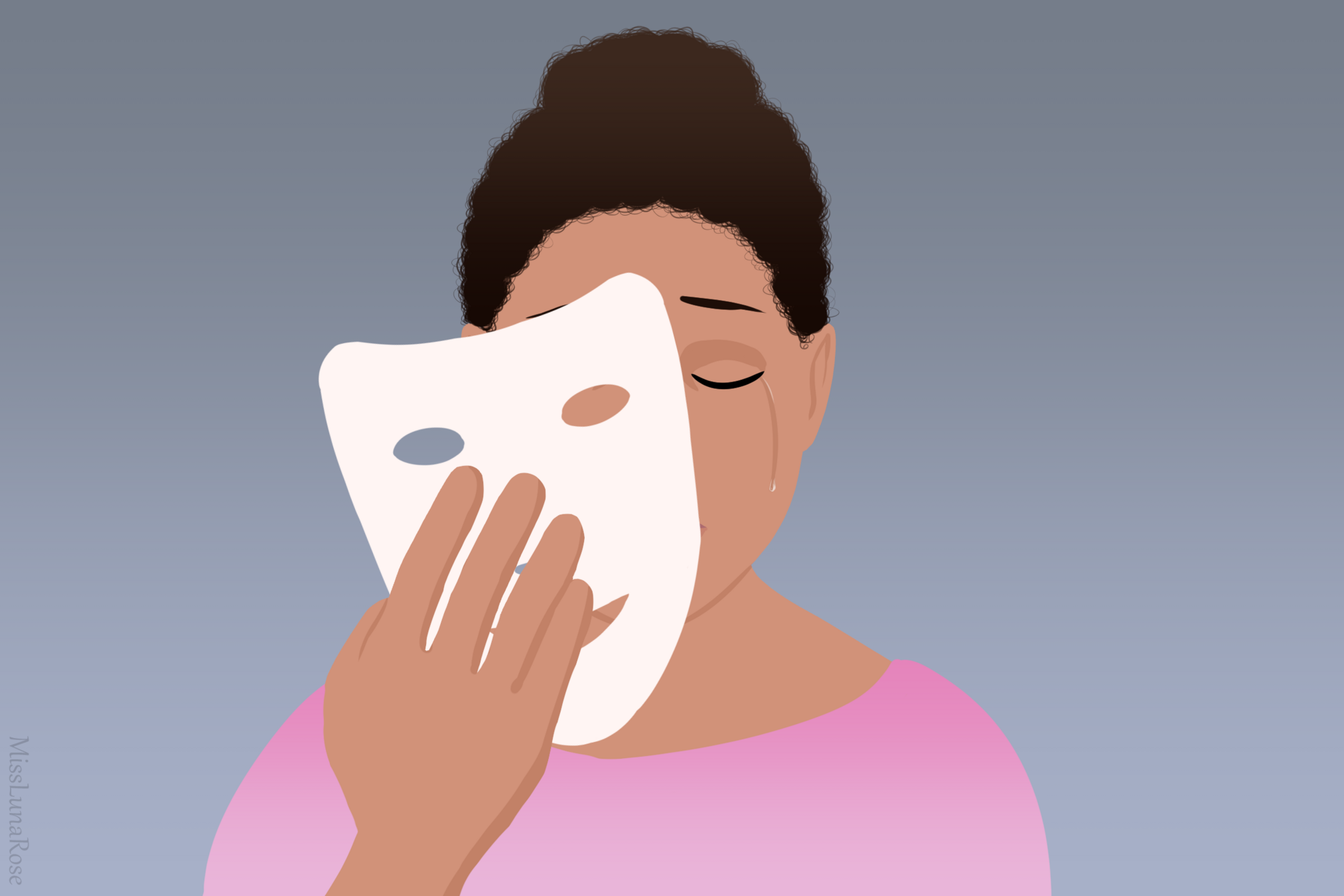
Masking
- Fit in more with peers
- Better job opportunities
- Decrease risk of being bullied
Masking Side Effects
- Very tiring
- Risk of burnout
- Imposter syndrome
- Poor self image
Make accomodations,
not assumptions
Thank You!
Questions?
Contacts
